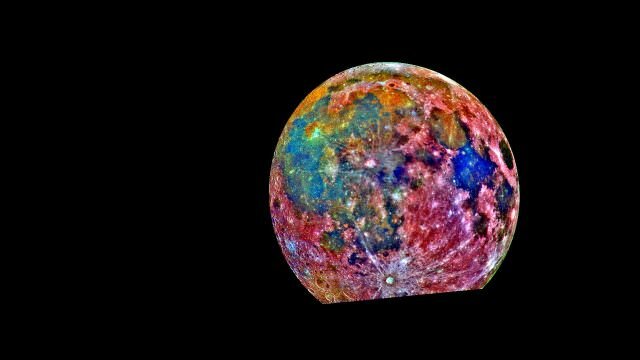Last updated May 29, 2017 at 3:33 pm
Sure, you might carry on about microbes on your body but SpaceX carry superbugs into space.
Led by Elon Musk, the company launched a Falcon 9 rocket on February 19 2017, which carried colonies of the antibiotic-resistant superbug, methicillin-resistant Staphyloccocus aureus (MRSA) into space to be grown onboard the International Space Station (ISS).
The plan was not to colonise space by spreading disease to extraterrestrials (that may or may not be out there), but to give the MRSA colonies cultivated in space a one-up to evolve faster than identical control colonies grown on earth.
While this might sound far-fetched, previous experiments to study the growth of microorganisms in space have yielded encouraging results.
In 1996, several E. coli strains were placed in different conditions for 15 days onboard a satellite orbiting earth. Following their extraterrestrial jaunt, certain E. coli strains mutated more quickly than terrestrial strains, with mutation frequency depending on growth conditions.
This and other experiments have led to a general agreement among scientists that low or zero gravity may alter bacterial growth kinetics and cell behavior, and that increased radiation in space may accelerate the rate of bacterial mutation.
It is hoped that this glimpse into the possible future of MRSA’s evolution will enable us to predict how it might mutate on earth. Such knowledge would ‘fast-forward’ efforts to develop strategies to combat MRSA before it develops resistance to available treatments.
This is especially urgent given the rise in infections with antibiotic-resistant bacteria in recent years. Health experts have long warned that the spread of superbugs like MRSA, coupled with the fact that fewer antibiotics are currently being researched or developed, might lead to major catastrophe in the near future.
In fact, the World Health Organization has recently released a list of a dozen antibiotic-resistant superbugs including MRSA that are considered to be of urgent threat to human health.
If not addressed, the shortage in effective treatments is predicted to cause the annual death of 10 million people globally by 2050, according to the Review on Antimicrobial Resistance.
Since it typically takes a decade or more to develop a new antibiotic, it might be time to look into more creative ways to gain an advantage over superbugs.
The good news is that recent studies on microorganisms exposed to stressful conditions during space travel have yielded interesting avenues to explore. For example, the fungi, Streptomyces plicatus was found to increase its production of a secondary metabolite, the antibiotic actinomycin D, while in space in comparison to earth-bound cultures.
Another fungi, Aspergillus nidulans, was reported by Clay Wang, a professor of pharmacology in USC, to have 40 different pathways for secondary metabolite synthesis that aren’t usually ‘turned on’ while on earth. Exposure to appropriate stress conditions in space may therefore jumpstart the set of genes that are usually not in use while the fungi are on earth, potentially revealing new drugs and antibiotics.
Accelerated bacterial growth in space may also be exploited to fast track the production of pharmaceutical compounds and vaccines which are already currently synthesized using bacteria.
All of this research suggests that while it is early days to consider space as a DeLorean that might help us ferry microorganisms into their evolutionary future, it might be the way to go to explore unique solutions in the battle against superbugs.
Image courtesy of SpaceX
Follow us on Facebook, Twitter and Instagram to get all the latest science.
































































































































































































































































